How we see in our Dreams
Research shows that we experience an average of four to seven dreams every night. This happens even if we do not have any memory of what the dreams were about. The dreams usually last anywhere between a few minutes to around half an hour. We dream for almost one to two hours per night. If you are curious about how and what we see in our dreams then you are in the right place. Keep on reading to satisfy your curiosity.
REM sleep
We encounter five different stages of sleep every night. REM sleep is the fifth and final stage of sleep. In addition to that, it is also the deepest state of sleep that is usually characterized by rapid eye movements (REMs). When this happens the brain activity is usually at the same level or higher than when we are awake. Furthermore, REM is the most common phase of dreaming. Continuous research has also shown that the brain activity during the REM phase of sleep is the same as the brain activity that processes visual clues when we are awake.
This is to say that the movements that our eyes make when we are in this fifth and final stage of sleep matches to what we see in our dreams. Another study was conducted and it confirmed this theory by looking at individuals who are capable of lucid dreaming; lucid dreaming is a state where a person knows that they are dreaming. Participants were told to squeeze their fists in a particular sequence in their dreams. This enabled researchers to see the matching eye movements at the exact time the participants squeezed their fists.
What can we see in our dreams?
Different researchers have different theories when it comes to the dream theory. All the researchers want to understand exactly what dreams means, and in an attempt to do this, they have even attempted to record the dream contents, and they have done this with some accuracy. This is good news for the future in that we will be able to have sort of “movies” of our dreams. The mechanics of dreaming happens in that the neurons fire in the primary visual cortex of the brain, enabling us to “see” things in our dreams.
You may have been a victim and consulted dream “dictionary” to try and decipher what your dream means together with the objects and the people you see in your dreams. We are scared when we dream about people or even events when in reality, dreams symbolize feelings and not the representation of literal people or events. Your dream comes about as a result of what you felt long time or recently about something or a situation.
Other than the things we see in our dreams, you may be wondering why how you see in dreams is completely different from how you see when you are awake. For instance, you may not be in a position to see the exact color and you may also not see clearly in your dreams. Different report have come in showing that younger people who have only been exposed to color media such as color television, have a majority of their dream in color content. This case if different with older people who are more exposed to black and white dreams.
In some instances, your dream may appear blurry. This happens in two situations. The first happens when you have recently had a change in your vision in your life when you are a wake. The second instance often represents feelings of confusion that one experiences for refusing to “see” or accept a certain situation for what it is. Understanding a dream is important because you might get clarity about a solution to a problem that you are experiencing in your waking life.
Do blind people see in their dreams?
Research shows that people who have become blind later in their lives see visual content in their dreams. This is because they already know how some things look like since they could see in a huge part of their lives. However, people who have been congenitally blind also have visual content in their dreams, and they have been able to draw what they saw in their dreams. This is sometimes not believed possible because there is no way you can draw something you have never seen before. On the contrary, several studies are supporting this theory.
One study on the human fetuses showed that their eye movements matched with the activity in the visual and the frontal areas in the brain. This is to say that our visual system was active even before we were born. Another study on congenitally blind people also showed that although blind people had fewer rapid eye movements at night, they recalled their dreams at the same rate, and their vividness of the drams and the quality of the visual content corresponded to sighted people.
This shows that while dreaming, the brain gets the ability to invoke some experiences that it might never had in it waking life. Other studies have also shown that people born with hearing loss have had dreams where they are able to speak and hear others, as well as dreams of walking and running. However, people who are born blind seem to have dreams which are more heightened of senses of touch, smell and taste.
The Purpose of Dreams
Although these theories have not been concluded, they suggest that the Random Eye Movement (REM) sleep helps us to form and store memories. This happens when we wake up and we are able to remember what happened in our dreams. In addition to that, the REM sleep also helps us to learn by regulating neuronal synapse. Other dream theories also support that the main purpose of drams is to help us interpret different events form our waking life. We are also able to work through problem solving techniques as well as handle different emotions that may come our way in our waking life.

Beverly Hills, CA 90211
Dr. Rex Hamilton, MD is a board certified, world-renowned eye surgeon who specializes in LASIK Surgery in Beverly Hills
Copyright © 2025 Hamilton Eye Institute
Sitemap | Privacy Policy | Terms of Use
Marketing by SILVR

